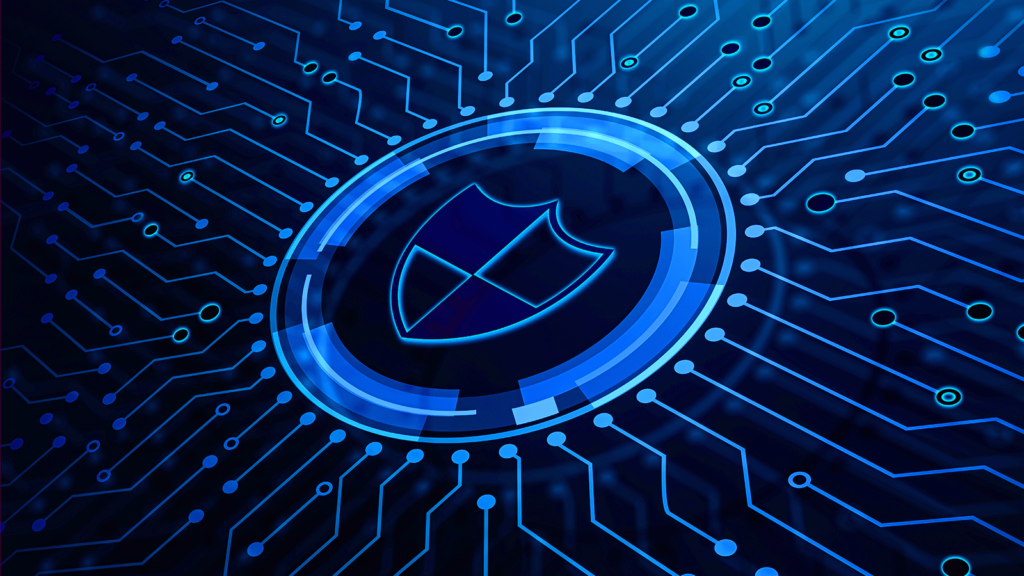Securing the Digital Frontier: Cybersecurity Best Practices for Remote Work
The modern era, characterized by rapid technological advancements and evolving work paradigms, has witnessed a significant surge in remote work. While offering flexibility and numerous benefits, this shift has also introduced unprecedented cybersecurity challenges. As employees operate outside traditional office environments, the perimeter of organizational security expands, creating vulnerabilities that cybercriminals are eager to exploit. Implementing robust cybersecurity best practices is no longer optional but an imperative for businesses seeking to safeguard their sensitive data and maintain operational integrity.

Establishing Secure Foundations: Network and Access Control
One of the foundational pillars of remote work cybersecurity is the establishment of secure network connections. Employees working from home or public spaces must be equipped with Virtual Private Networks (VPNs) to encrypt their internet traffic, shielding it from potential eavesdropping and unauthorized access. Additionally, strong Wi-Fi security protocols, such as WPA3 encryption, are essential to prevent network intrusions. Regular password updates and the use of complex, unique passwords for all online accounts are crucial. Multi-factor authentication (MFA), which requires users to provide multiple forms of verification, adds an extra layer of security, significantly reducing the risk of account compromise.
Fortifying Endpoints: Device Protection and Data Encryption
Beyond network security, endpoint protection is paramount. Remote devices, including laptops, tablets, and smartphones, must be fortified with up-to-date antivirus and anti-malware software. Regular security patches and software updates are vital to address known vulnerabilities and prevent exploitation. Implementing endpoint detection and response (EDR) solutions can provide real-time monitoring and threat detection, enabling swift responses to potential security incidents. Data encryption, both in transit and at rest, is essential to protect sensitive information from unauthorized access, even in the event of device loss or theft.
The Human Element: Cybersecurity Awareness and Training
Human error remains a significant cybersecurity risk, particularly in remote work settings. Comprehensive cybersecurity awareness training is indispensable to educate employees about potential threats, such as phishing attacks, social engineering, and ransomware. Training should emphasize the importance of recognizing and reporting suspicious activities, practicing safe browsing habits, and adhering to organizational security policies. Regular simulations and assessments can reinforce learning and ensure that employees remain vigilant. Clear guidelines on data handling, device usage, and reporting procedures are crucial to establish a culture of security awareness.
Ensuring Business Continuity: Data Backup and Incident Response
Furthermore, implementing robust data backup and recovery mechanisms is essential for business continuity. Regular backups of critical data, stored in secure and offsite locations, can mitigate the impact of data loss due to cyberattacks, hardware failures, or natural disasters. Incident response plans should be developed and regularly tested to ensure that organizations can effectively respond to and recover from security breaches. This includes defining roles and responsibilities, establishing communication protocols, and outlining steps for containment, eradication,1 and recovery.
The Ongoing Vigil: Adapting to Evolving Threats
In conclusion, securing remote work environments requires a multi-faceted approach that encompasses network security, endpoint protection, employee training, and robust data management practices. As cyber threats continue to evolve, organizations must remain proactive and adaptable, continuously updating their security strategies to address emerging risks. By prioritizing cybersecurity best practices, businesses can protect their valuable assets, maintain trust with their stakeholders, and thrive in the dynamic landscape of the modern era.




















